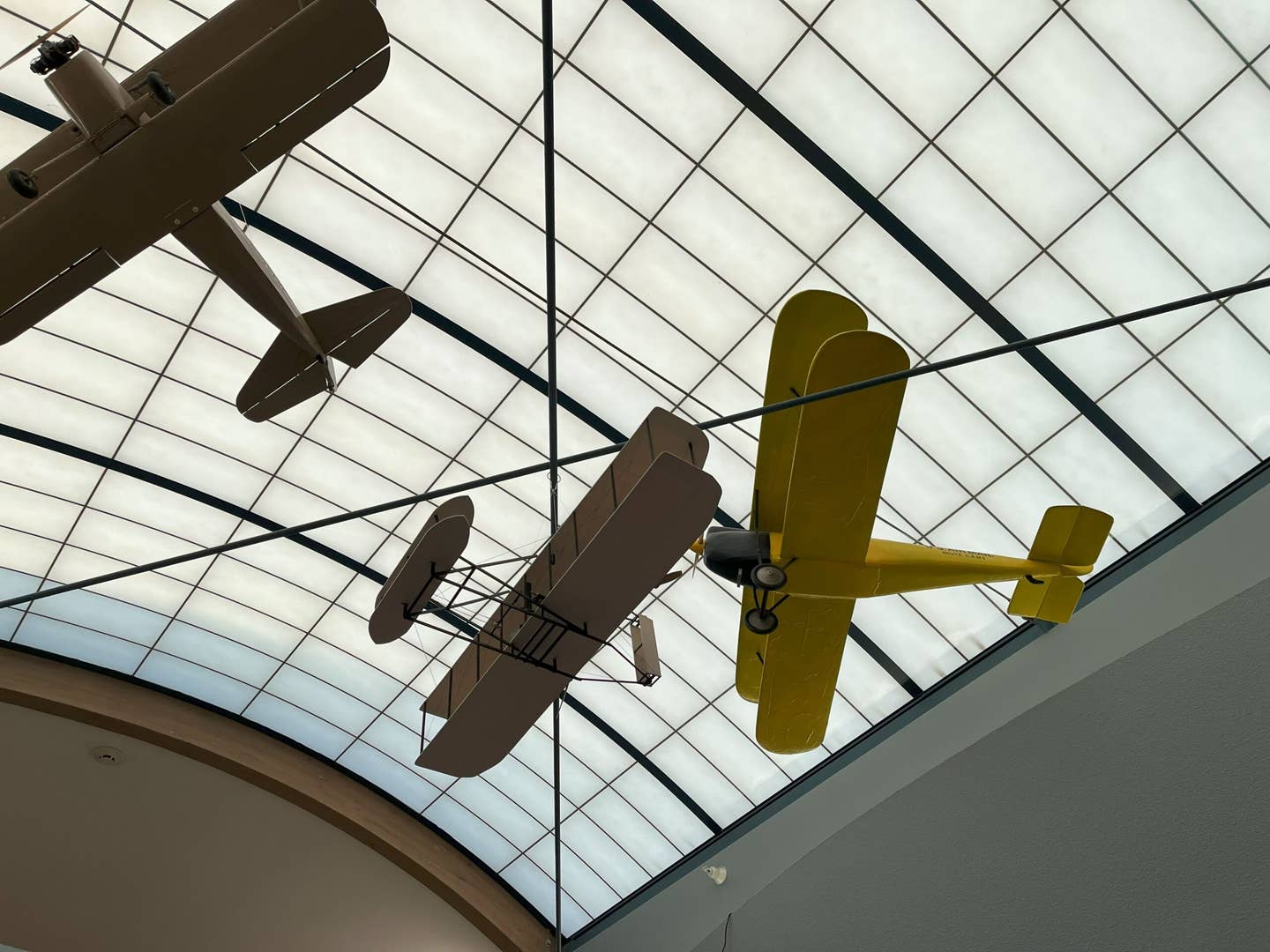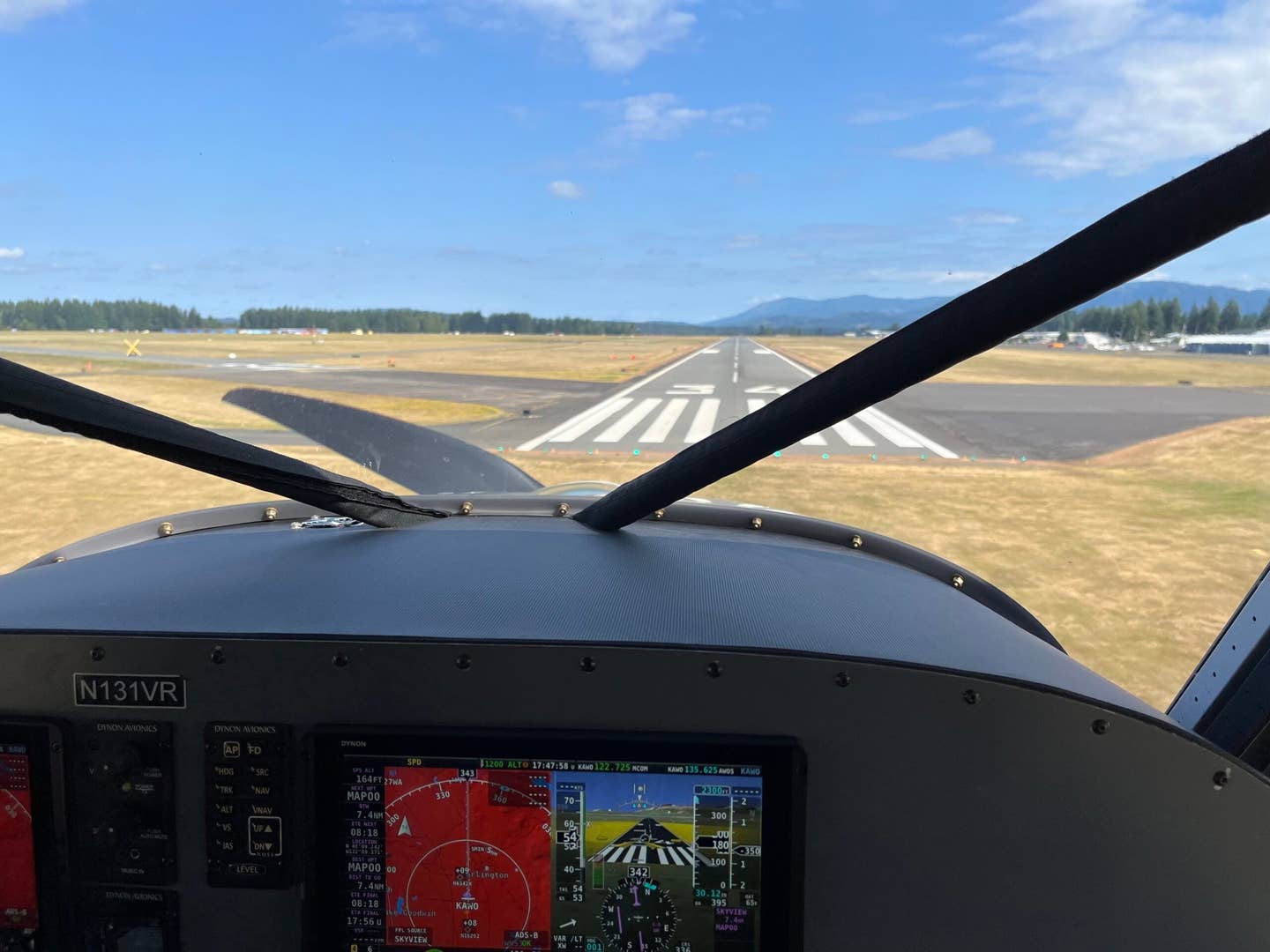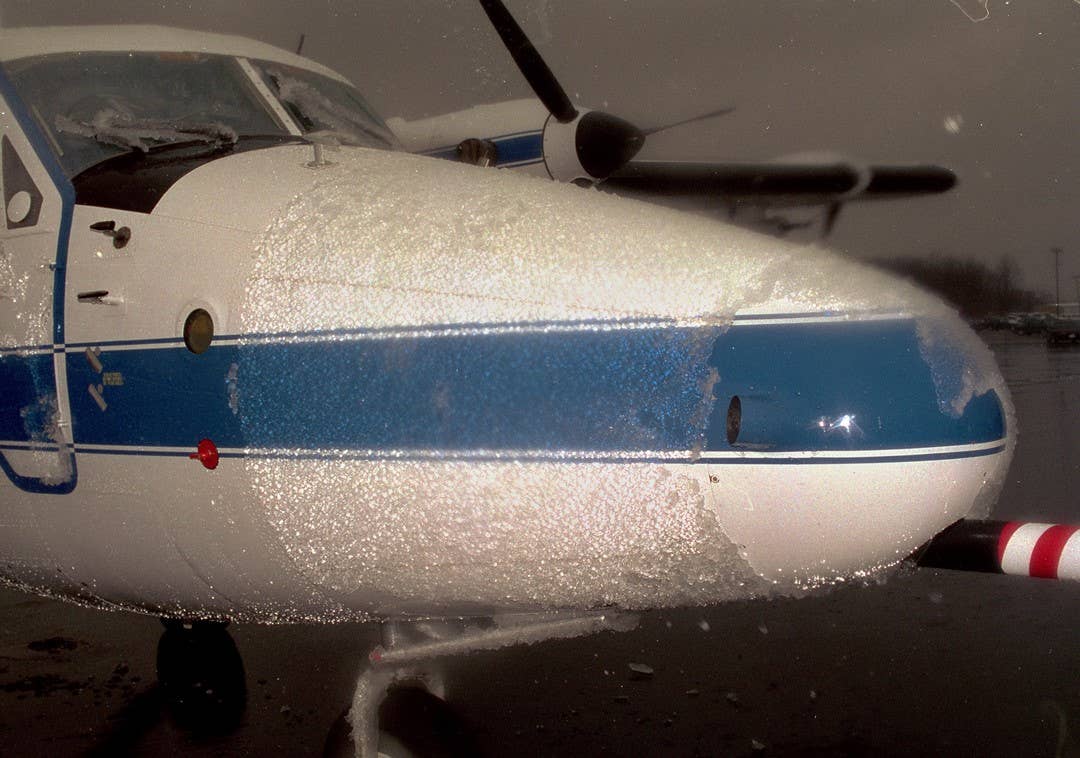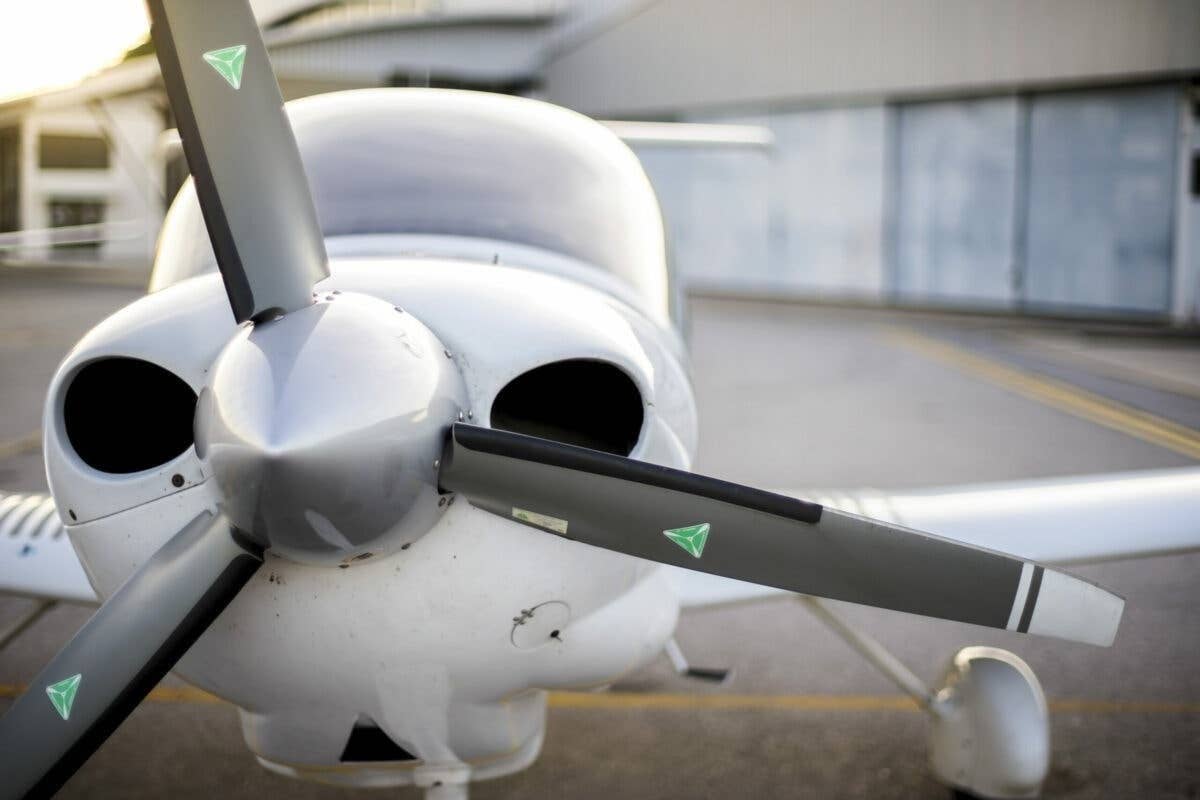
Protecting the pitot tube is an integral part of aircraft safety. [File photo]
Whether it’s a rubber chicken, a pig or a red-ribbon streamer, the pitot tube cover is a critical piece of equipment that is sometimes ignored or forgotten by pilots. Designed to prevent debris or bugs from entering the pitot tube while the airplane is parked, this cover takes seconds to put on and remove. Omitting this step could have serious repercussions.
Last August, a student pilot who departed from Santa Monica Airport in a Cessna 172 noticed that the airspeed indicator acted erratically after takeoff and then dropped to a constant reading of zero. The student attempted to land but crashed into a fence near the departure end of the runway. He was injured and there was major damage to the airplane, according to the NTSB report.
Nobody knows whether the debris that caused the airspeed indicator to fail in this example entered the pitot tube while it was on the ground, but it’s certainly a possibility. The pitot tube cover is cheap insurance that helps prevent this type of failure of a critical flight instrument.
If you own an airplane and don’t put the pitot cover on as part of your post flight, protect your airplane by getting in that habit. Even if you park the airplane in a hangar, there is a chance that bugs may decide to move in to the tiny pitot cavity. And if you’re a renter, putting the pitot cover on after you park it is not only a matter of courtesy, it’s a matter of safety for the pilot who rents the airplane after you. Just one word to the wise - make sure the pitot tube has cooled off if you've used it in flight. Otherwise your rubber chicken may be permanently attached to the crucial piece of metal you're attempting to protect.
It goes without saying that failure to remove the pitot tube before a flight will cause a complete airspeed failure. So make sure your habit includes not only applying the cover, but also removing it before you start the engine.

Sign-up for newsletters & special offers!
Get the latest FLYING stories & special offers delivered directly to your inbox





![[PILOT AND SNELLEN CHART PIC]](https://www.flyingmag.com/uploads/2022/11/2022-FlyingMag.com-Native-Advertising-Main-Image--scaled.jpeg?auto=webp&auto=webp&optimize=high&quality=70&width=1440)
